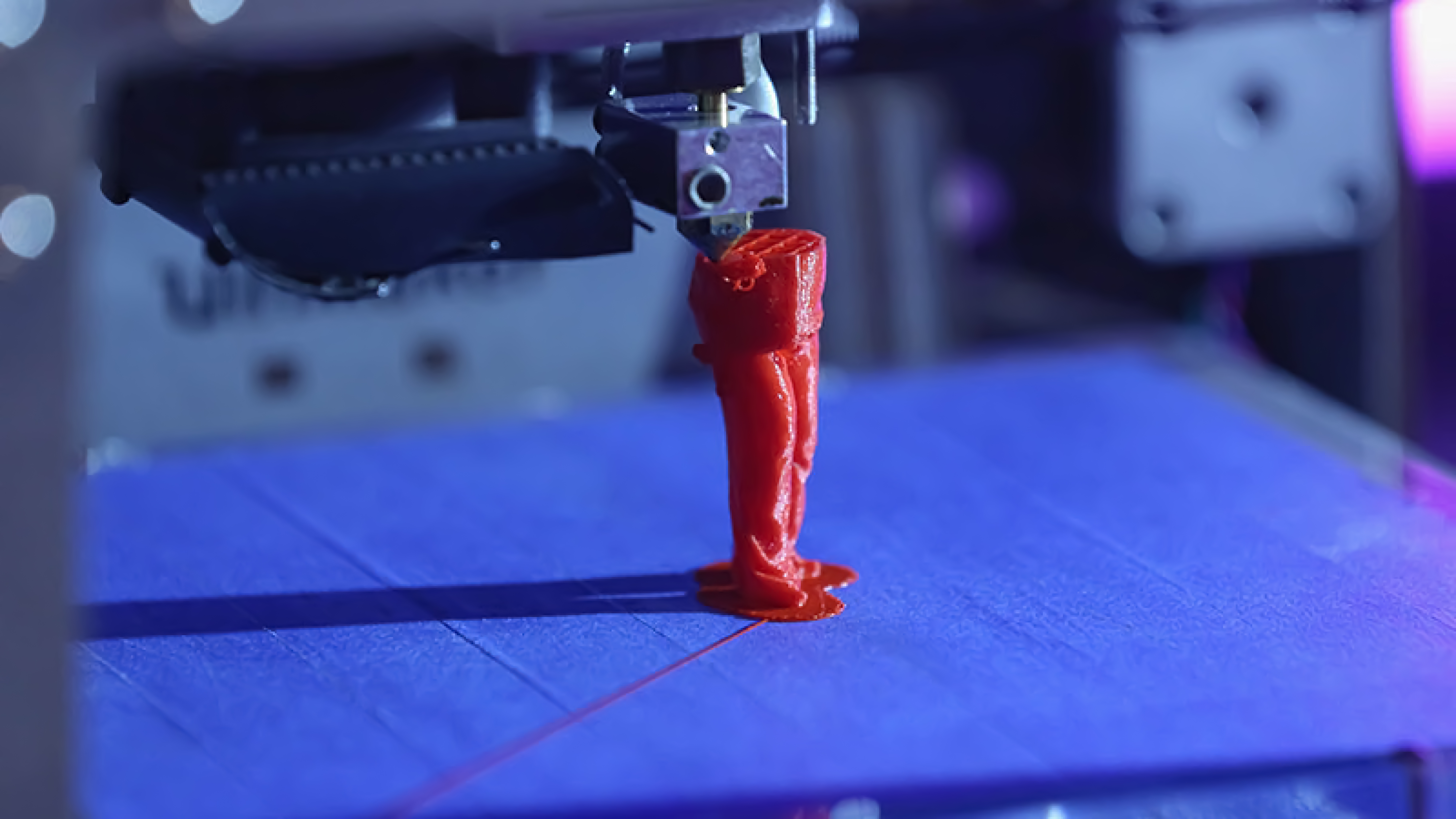




In the future one can envision that the days of waiting in vain for organ transplants will be forgotten forever. Just think about it: someday we will live such life as new organs will be produced like pancakes, only after such a pattern exactly matches the patient’s genetic individuality.
As a result, there would be no possibility of rejection out there at all plus there would be no need for lifelong medication that slows down our immune system. It might sound like something out of a sci-fi movie, but thanks to the remarkable progress in bioprinting technology, this future is fast becoming a reality.
Bioprinting combines biology with 3D printing and has the potential to change medicine completely. You could start from scratch with body parts in individual layers thanks to bio-ink made from live cells. With this bioink layer-by-layer deposited, there are growing highly complicated formations similar to human ones.
Indeed, it is evident that human organs ranging from skin cartilage heart valves up to complete individuals for example kidneys and liver would be possible using bioprinting.
Bioprinting is not just about printing organs but also personalizing healthcare based on an individual’s genes. The company believes that the rejection rate would be minimized by bioprinting each organ to the patient’s specific biological specifics and its compatibility increase in general should not develop due to rejection. Bioprinting may offer a solution to the organ crisis should further advances be made therefore millions in need of transplants could benefit from this technology.
The inception of 3D bioprinting dates back to the 1908s, at a time when 3D printing was still a theoretical concept among many. In 1984, Charles Hull kicked it off by patenting initial commercial 3D printing technology. This was some sort of Big Bang instance for 3D printing that later enabled bioprinting. (To know more about 3D printing, you can read my article here. I’ll see you there!) Next, in 1988 Robert J. Klebe started printing cells using his inkjet printer. Yes, cells! It is from this point that bioprinting officially became a thing. Up to now, the field has been developing recklessly. Methods and ways of doing things are being discovered faster than you can print a kidney.
Bioprinting is fascinating because of its unlimited potential. Visualize having the capacity to manufacture fully functional customized tissues and organs as per the specific dimensions of any individual’s anatomy. The significance of this goes far beyond merely addressing unknown health-related difficulties – it means pushing healthcare’s possibilities.
No longer is bioprinting a fascinating concept, but rather it has become a widely discussed topic in many laboratories across the globe. The reason behind the excitement generated by this method is that people always ask themselves;
What will come next?
How much further will we be able to develop bioprinting?
Bioinks are the basics for 3D bioprinting tissues and organs. They are made to match the cell's original environment realistically, acting as a support matrix for cellular growth and organization. There are three main types of bioinks used in bioprinting:
Cell-laden bioinks: These are the cells that are alive and suspended in a hydrogel or similar matrices, which enable precise deposition of cells during printing. They have significant applications in the areas of regenerative medicine and drug testing.
Scaffold-free bioinks: These do not require any external support structures and instead rely on the properties of the bioink itself to maintain structure. Cell interactions are often mediated through self-assembly or via particular cross-linking mechanisms.
**Cell-free bioinks: **They are made from materials that aid cell growth but have no living cells. Requires for making biomimetic structures or assessing cell behavior under controlled conditions.
On considerations such as biocompatibility, mechanical properties, and other requirements that a certain study seeks, the choice of the most appropriate bioink or biomaterial is paramount.
Continuous growth in bioprinting leads to technological advancements in bioinks, thus making it possible to develop functional tissues and organs such as working kidneys based on research or treatment requirements.
3D bioprinting's future may sound like science fiction, but it's unfolding before our very eyes. Think about a world without long waits for organ donations – where anyone could have an organ made specifically for them out of their cells, rather than needing a donor. This isn't just wishful thinking but where bioprinting is going.
In the past, scientists have placed in humans such printed organs as the bladder that functions. It’s not just talk; it is real as well as revolutionizing healthcare. You can consider that; one day those illnesses deemed as incurable may be cured through special parts created exactly for you.
The potential is enormous here, as it is not only an issue of solving medical emergencies but rather of making healthcare more efficient and accessible. Picture the situation when surgeries – amended for the good – become safer, after the operation period – is shorter and, as a result, much more lives can be saved because we possess the technology of actually printing new organs.
This is what 3D bioprinting promises and it would be interesting to consider its future directions.